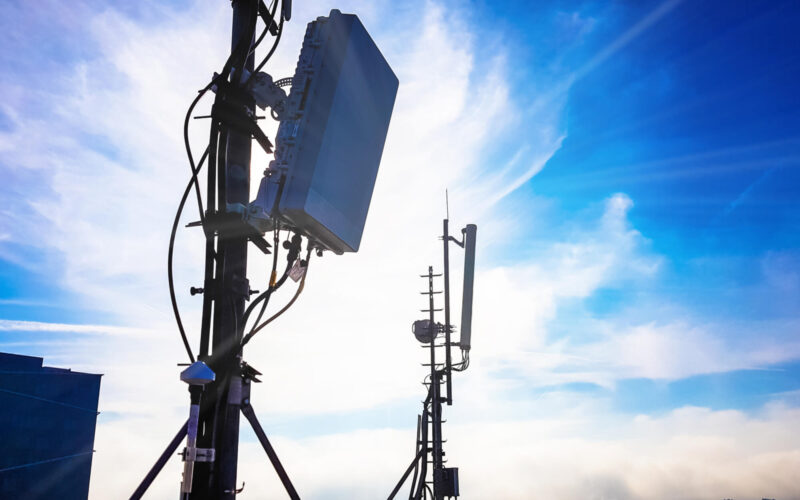US telecommunications companies AT&T and Verizon have agreed to delay the rollout of new 5G networks again over aviation safety concerns.
The companies had already delayed the rollout by a month to January 5, 2022 and had on January 2, 2022 rejected a further request by the Federal Aviation Administration (FAA) and the Department of Transport to postpone the launch by another two weeks.
However, on January 3, 2022, the two companies had a change of heart and agreed to the new delay. The FAA had requested another delay so that it could work on measures to reduce flight disruptions that might result from the new wireless signals.
“Safety is the core of our mission and this guides all of our decisions. The FAA thanks AT&T and Verizon for agreeing to a voluntary delay and for their proposed mitigations,” the FAA said in response.
AT&T and Verizon won an $80 billion auction for the 3.7-3.9GHz frequency band for 5G services and are keen to roll out new higher-speed wireless services to their customers. However, this frequency band is close to the 4.2-4.4 GHz frequency band used for aircraft radio altimeters globally.
The aviation industry is therefore concerned that signals from the new 5G stations could interfere with the signals received by aircraft radio altimeters, which are used when planes are coming into land and provide accurate information about an aircraft’s height above the ground, especially crucial when weather and visibility are poor.
The FAA had previously warned in an airworthiness directive that it would have to issue NOTAMs (Notice to Air Missions) to inform air crew of airports where radio altimeter data might be unreliable due to 5G wireless interference and that aircraft flight manuals should be updated to reflect such limitations.
Trade group Airlines for America (A4A) estimated that had the directive been in place in 2019, “approximately 345,000 passenger flights, 32 million passengers, and 5,400 cargo flights would have been impacted in the form of delayed flights, diversions, or cancellations.”
What measures are planned?
The FAA said on January 3, 2022 that the telcos had offered to implement a set of measures, similar to those used in Europe, for six months around 50 of the most important US airports. AT&T and Verizon have offered measures involving exclusion zones around runways at certain airports and reduced signal levels near runways and on approach and take-off paths.
In Europe, 5G services use the 3.6 GHz frequency band. There are also 5G exclusion areas around airports and the ground stations use less power, which reduces the risk of interference.
“While U.S. standards and operating environments are unique, we believe this could substantially reduce the disruptions to air operations,” the FAA added.
Europe’s aviation safety regulator EASA said in December it hasn’t identified a risk of unsafe interference from 5G signals in Europe, but noted the situation in the US was different. EASA recommended airlines use simulator training to present crews with scenarios involving unreliable radio altimeter data.
AT&T said it agreed to the additional two-week delay at the request of Secretary of Transportation Pete Buttigieg.
“We know aviation safety and 5G can co-exist and we are confident further collaboration and technical assessment will allay any issues,” an AT&T spokesperson confirmed in an emailed statement.
“We’ve agreed to a two-week delay which promises the certainty of bringing this nation our game-changing 5G network in January, delivered over America’s best and most reliable network,” Verizon said in a statement quoted by US media.
Updated with AT&T response

